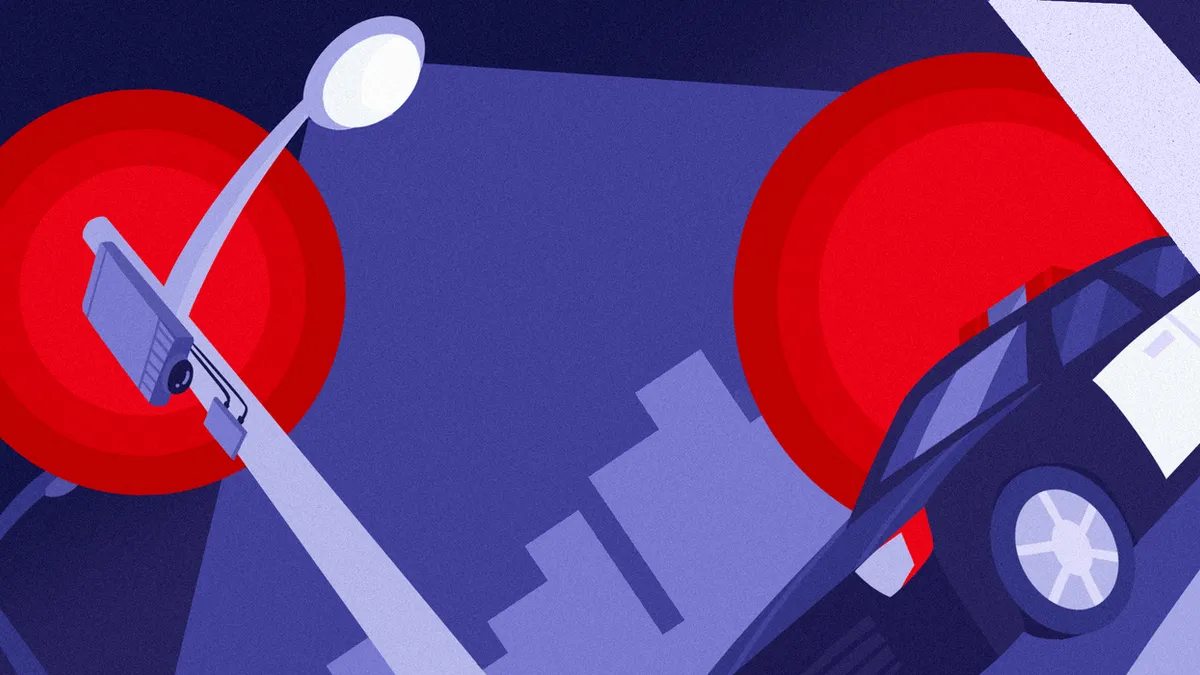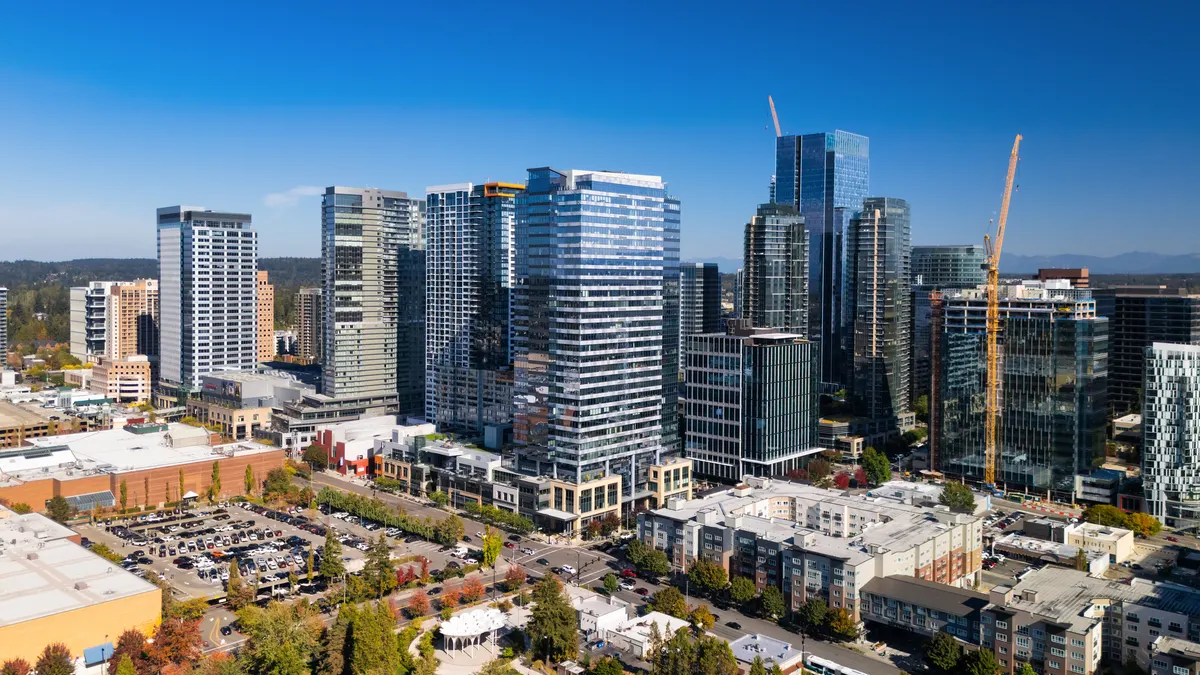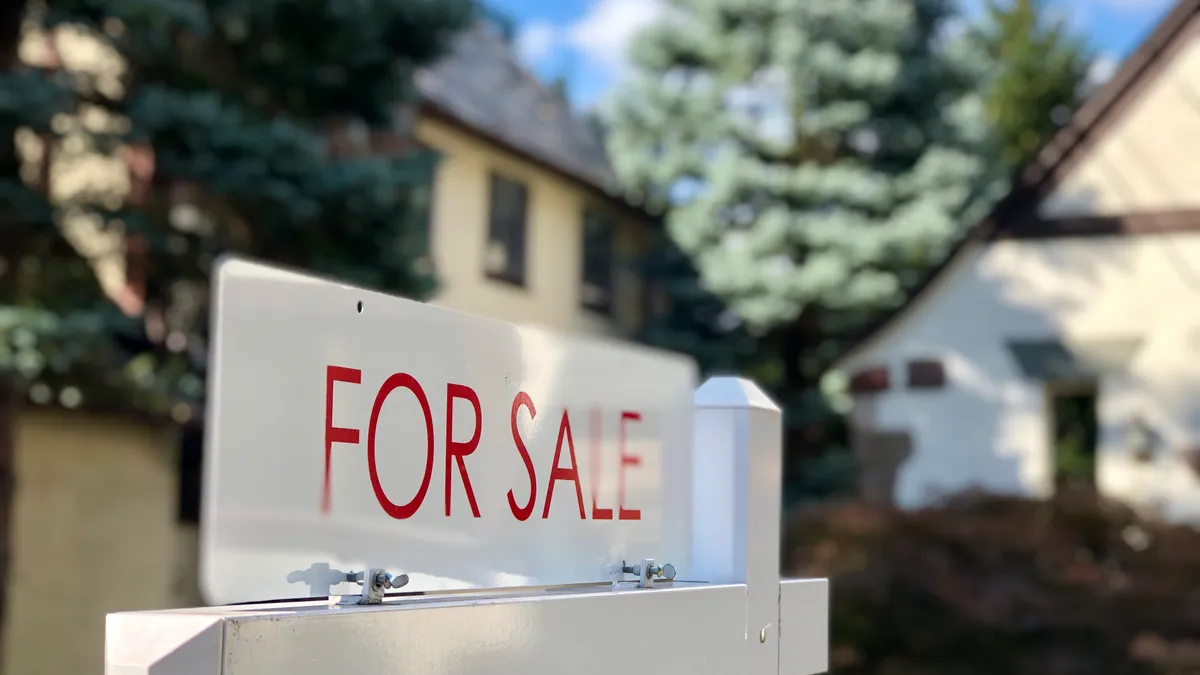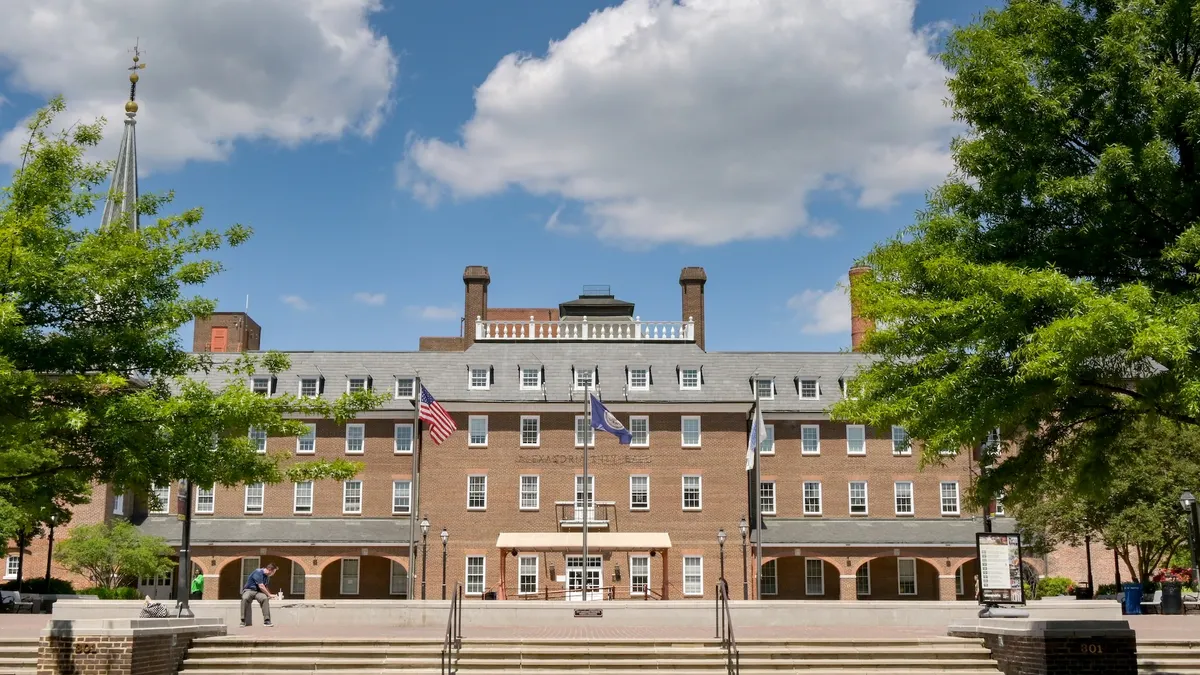In 2011, an 11-year-old girl in Kansas City, MO was struck and killed by celebratory gunfire on the Fourth of July.
The tragic event prompted an annual tradition in town: Each Independence Day, the young girl's mother and the Kansas City Police Department (KCPD) travel door-to-door to share the story and educate residents on gun hazards. The neighborhoods where they share this message are determined by where gunshots were detected on the prior year's Fourth of July, thanks to technology from gunshot detection company ShotSpotter.
The annual neighborhood canvassing event has potentially saved lives, as there's been no repeat gunfire events in any of the blocks visited since, according to KCPD Public Information Officer Jake Becchina. This impact could theoretically be seen in any of the 100-plus U.S. cities where ShotSpotter is active today.
And despite strapped municipal budgets or nationwide calls to decrease police funding in 2020 — all of which presented a potential stumbling block for Shotspotter — the company appears to have come out on top. Aside from claims that it has renewed contracts with 95% of its customers in 2020, it also reported a 12% year-over-year increase in revenue on its 2020 earnings call Thursday.
But just as ShotSpotter comes off a year of financial gains, most major cities — many of which use ShotSpotter technology — saw an average 30% increase in homicides in 2020. Given the rise in crime, some experts and local leaders are questioning the efficacy of ShotSpotter to mitigate gun violence, especially considering the technology’s often-hefty price tag.
A small but mighty foothold in Kansas City
ShotSpotter technology uses acoustic sensors that are wirelessly connected to a cloud-based application, helping determine when and where a gunshot is fired. That information is sent to a 911 call center, where a dispatcher will receive an alert from the system and deploy a police officer with the same level of priority as a shots-fired 911 call.
"Essentially, ShotSpotter is calling the police for us as opposed to the resident," Becchina said.
Kansas City's ShotSpotter contract began in 2012, covering about 3.5 square miles or 1% of the city for up to about $200,000 in yearly maintenance or subscription renewals, according to Becchina. Today, the technology is funded through the city's police department, though it was originally backed by a grant.
And while the technology has resulted in some positive outcomes, its cost has been the source of criticism from a number of local leaders and safety advocates as its return on investment (ROI) can be difficult to quantify, according to Becchina.
"It is nearly impossible for an agency to say ShotSpotter has lowered our crime X%," Becchina said, but he pointed to other benefits, which include helping the police department know nearly 100% of the time when outdoor gunfire has occurred. Without the technology, gunshots would be reported by residents just under 30% of the time, he said.
That comprehensive information about shots fired can ultimately help increase police presence and community trust, according to Becchina. However, activists have also argued that increased police interactions can make Black residents more vulnerable to brutality, the Sacramento Bee reports.
Knowing if the technology is worth the cost depends on the city and its budget, according to Becchina. But ultimately, he said having gunshot data from ShotSpotter is better than not having it all.
Reckoning with the tech's ROI
Despite ShotSpotter's successful fiscal year in 2020, there are reports of cities ending or reconsidering their contracts due to financial concerns.
The City of Charlotte, NC, for instance, first installed ShotSpotter technology in 2012 ahead of hosting the Democratic National Convention, according to Charlotte's Public Safety Technology Director Crystal Cody. The technology was used as an "extra layer of security" for that event, she said, and was considered an added safety bonus to an area that was increasingly becoming an active night-life center.
The city ended its contract shortly after though, around 2016. The technology didn't tell the police department anything new, Cody said, as individuals would often call 911 to report the same gunshots that ShotSpotter detected.
"I could see it being helpful for cities where citizens don’t call 911 when there's a shooting," she said. "Our city didn’t have that problem."
When deciding if they should keep the technology, she said local officials in Charlotte asked themselves: "What are we actually getting for the program? What's our return on investment here?"
Canton, OH also recently ended its ShotSpotter contract due to costs, and opted to install a more affordable alternative instead. The city had used ShotSpotter since 2013, spending $148,838 on the technology in 2019 at a discounted rate. Its new system is expected to save the city an estimated $158,181 within a three year-period, CantonRep.com reports.
Sacramento County, CA’s Sheriff's Office also decided to stop using the technology recently, as the department had a $4 million budget shortfall.
Meanwhile, cities of all sizes coast-to-coast have ongoing contracts with the company. New York has a $28 million five-year contract through 2021; Dayton, OH has a $390,000 contract through 2022; and the City of Sacramento, CA has extended a $2.5 million five-year contract through 2025.
Interestingly, many of the participating cities have also been criticized by activists over the past year for their sizable police department budgets. Chicago, for example, is ShotSpotter's largest customer with over 110 square miles of coverage, touting a roughly $1.7 billion police department budget. And New York secured a $5.2 billion police budget in its 2021 fiscal year, largely falling short of the recent calls from protests to make more significant cuts.
A 'lightning rod for criticism'
In Oakland, CA, about 20 miles north of ShotSpotter's Newark, CA-based headquarters, the police department had an annual $545,297 contract as of 2019, averaging about $35,000-per-mile.
The technology will undergo a review later this year for its cost-effectiveness as part of the city’s annual review of surveillance technologies.
ShotSpotter is a "lightning rod for criticism" locally, said Brian Hofer, chairman of the Oakland Privacy Commission and executive director of Secure Justice.
Despite the costs, there are benefits to the technology, Hofer said. In Oakland, he said the public has lost faith in the police department so they’ve stopped calling in gunshots. ShotSpotter could serve as the solution to alert the police to gunshots that otherwise would have gone unreported, according to Hofer.
"As a privacy activist, I'm not really rooting for vendors but of all the vendors to root for it's this one. We need to get guns off the street and stop gun violence… and this tool might be able to do it," he said.
One of the key hurdles that ShotSpotter faces is its ability to prove efficacy, according to Hofer. Almost no one has a system in place to track the technology, he said.
Measuring the technology's value can look different across departments. For some, it might be increased conviction rates and for others it could be increased community trust, Hofer said.
"Law enforcement forever has just had this 'Oh, just trust us privilege.' But elected leaders are starting to finally look beyond the headlines and demand data to support these conclusions," he said.
One of the first metrics ShotSpotter points to when helping police prove efficacy is around becoming aware of the gunfire they wouldn't be aware of otherwise, according to ShotSpotter Senior Vice President of Marketing and Product Strategy Sam Klepper. The ability to become aware of gunshots and respond precisely to the location can also increase police response time, which can save lives.
Klepper said results vary city to city, though. "Ultimately, it's a tool almost like a gym membership and it's what you do with it. Do you respond to every alert? Do you respond quickly? Do you follow through with the investigation?"
ShotSpotter is more than just detection, he said. It can lead to solving a crime, and reduce gun violence. The company is also making moves to expand its solutions and become an "end-to-end platform to respond to, investigate and deter crime," according to Klepper.
Those plans are evident in the company's recent acquisition of CrimeCenter, a product that uses artificial intelligence to predict the likelihood of a shooting in a certain area. The tool is intended to help officers "connect the dots" with data and help solve cases after the crime has been committed, Klepper said.
'Technology is not the quick fix'
As cities continue to grapple with record-breaking homicides and strapped budgets, however, some experts argue expensive gunshot detection technology is likely not the solution to address crime.
Cities should instead direct their dollars to activities that have been shown to reduce violence, said Richard Rosenfeld, professor emeritus of criminology and criminal justice at the University of Missouri-St. Louis
"On a cost benefit basis, I would direct scarce city resources elsewhere," he said. "The value added by ShotSpotter for reducing violence has yet to be shown."
ShotSpotter technology does generate more shots-fired notifications than calls to the police department generate, but they tend to be in the very same areas where calls from citizens originate anyway, he said. And the police cannot respond to every incident of a shot fired in most cities with high levels of gun violence, according to Rosenfeld.
There are two priorities cities should focus on to reduce the high-rates of violence, according to Rosenfeld, which include research-backed "smart policing strategies" and serious efforts at reform.
Cities should redouble efforts to engage in so-called "smart policing" strategies that research shows can help reduce violence, he said. Those tactics include increased police presence in the relatively small area of the city where the violence is concentrated, while also strengthening the relationship between police and communities, particularly disadvantaged communities of color.
"Technology is not the quick fix in this case other than police radios, maybe body cameras," he said. "What's needed now is programming."





















